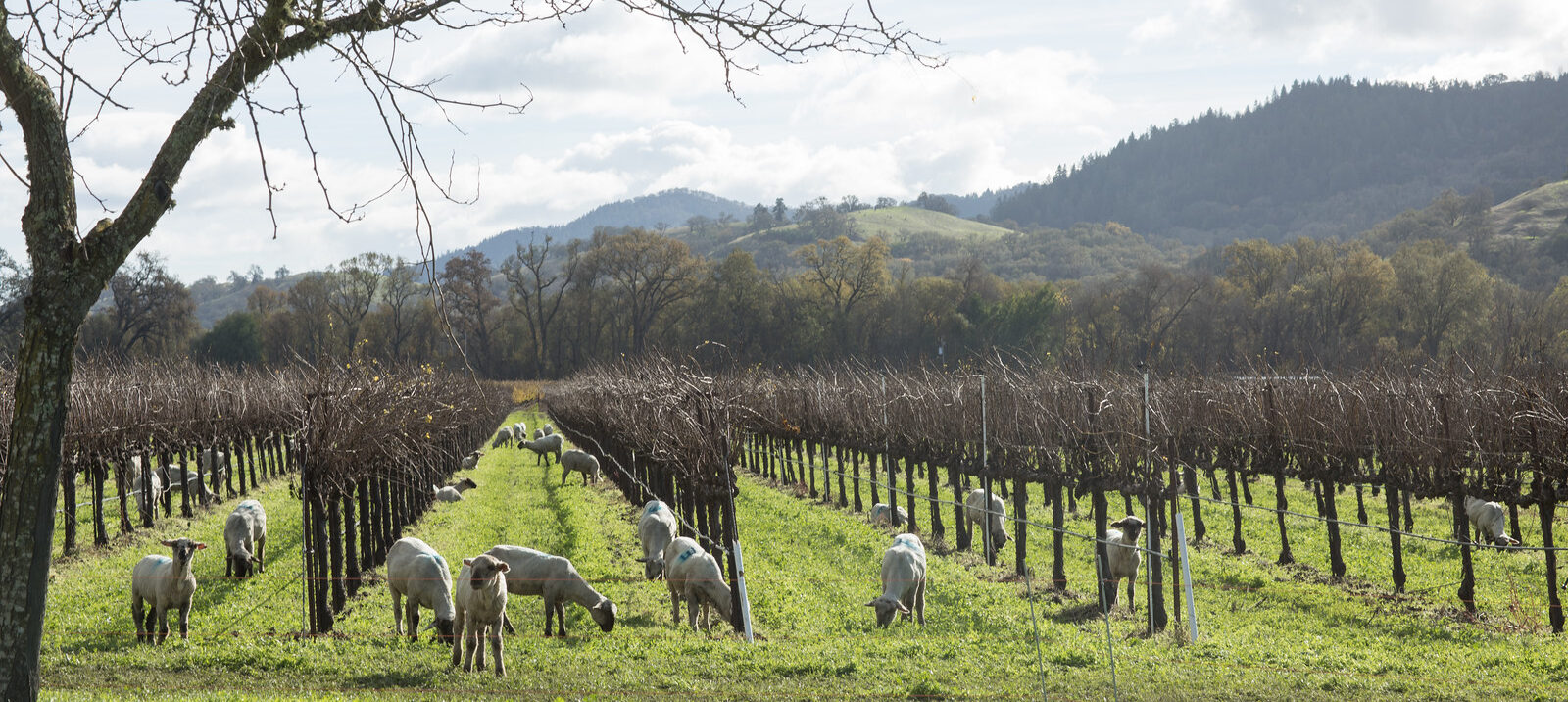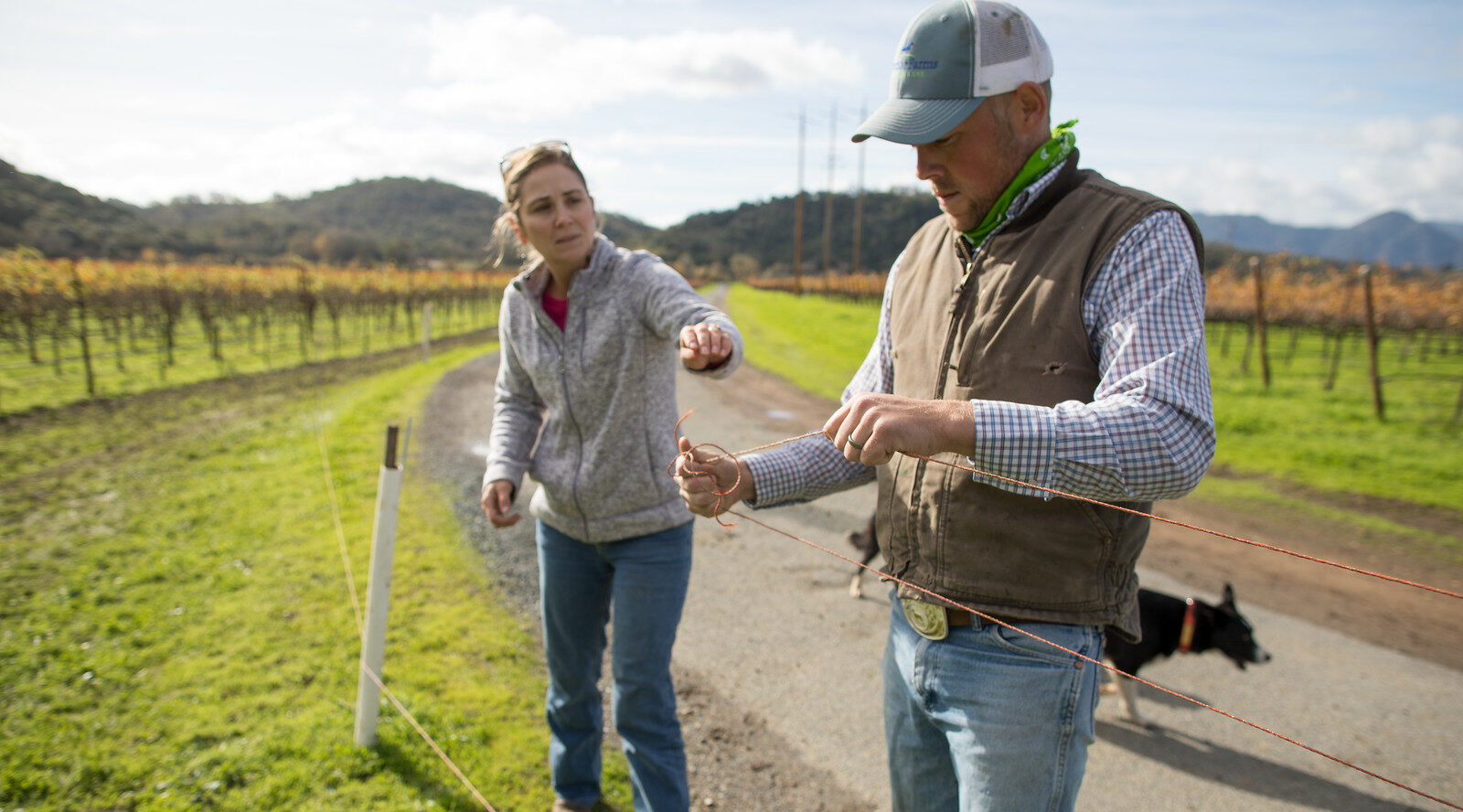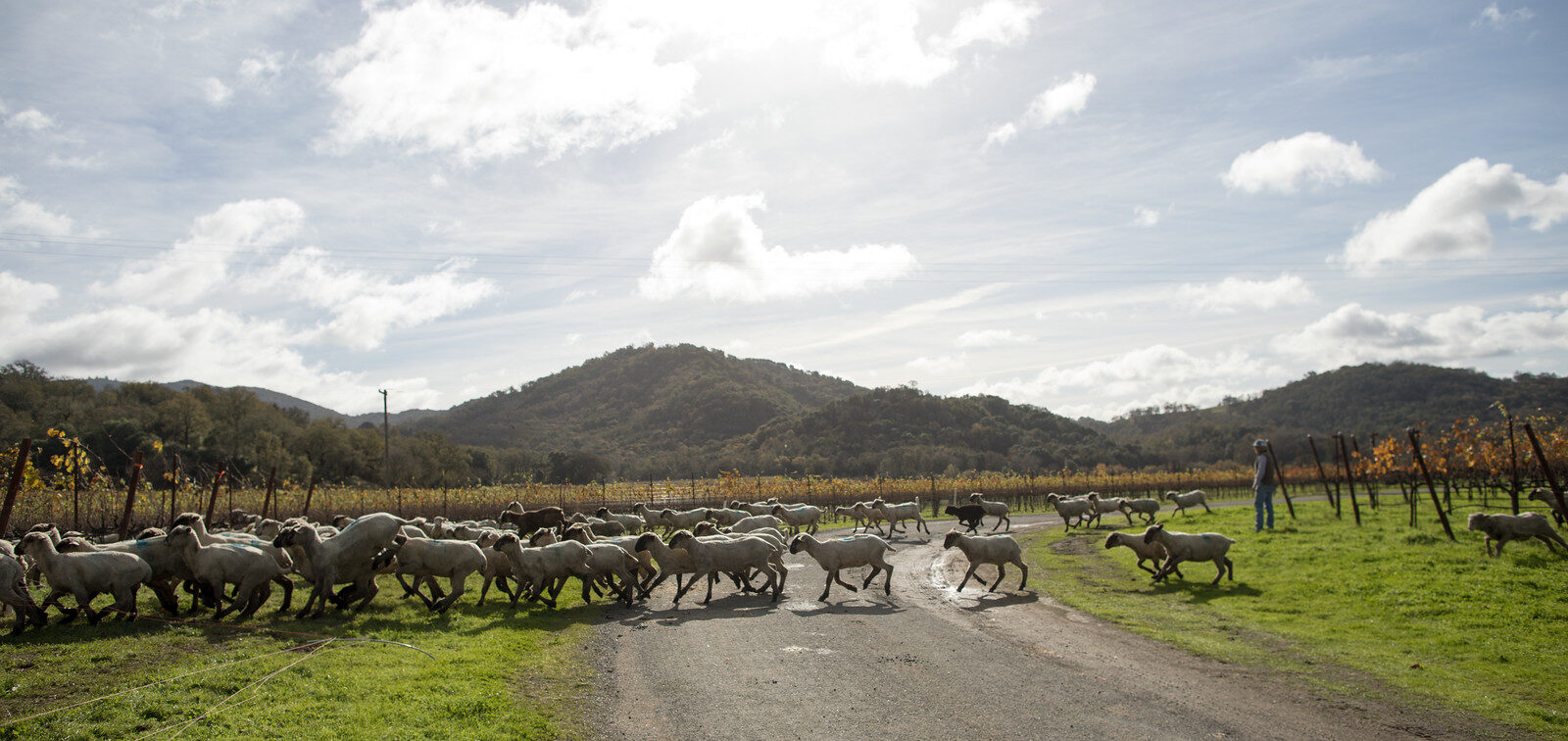
On many rural properties, grazing animals like sheep and cattle are an essential tool for stewarding and enriching the land on which they roam. Effective livestock grazing offers multifaceted benefits to ecosystems. When grazing is managed well, plants respond by increasing carbon storage underground, aided by root shedding and enhanced microbial activity. Grazers’ waste nourishes soil microbes, boosting nutrient cycling and enriching soil organic matter. This nutrient cycling reduces the need for reliance on synthetic inputs like fertilizers.
Grazing also curbs the risk of wildfires by decreasing fire-prone vegetation density, while supporting diverse wildlife. When thoughtfully integrated into an annual or perennial cropping system, grazing can play a vital role in carbon farming, accelerating carbon drawdown from the atmosphere into plants and soil. This approach not only helps mitigate climate change but also enhances resilience to drought and boosts agricultural productivity naturally.
Prescribed grazing, while incredibly beneficial when done well, is far from simple. Each tract of land has unique qualities affecting plant health and productivity, and landowners often have distinct goals in mind. Targeted prescribed grazing is a strategic approach to managing landscapes using carefully chosen livestock species to achieve those distinct goals. This practice aims to achieve specific vegetation and landscape objectives by considering intensity, season, frequency, and duration of grazing.
Targeted prescribed grazing has received growing attention in vineyards, where the practice reduces the need for chemicals for pest and weed management, and for regular mowing. Long-term use of this practice has also been shown to improve soil health and increase carbon storage.
While the benefits of prescribed grazing integrated with perennial crops like vineyards are increasingly well-studied, only some landowners have the resources or desire to own their own grazing flocks. That’s where contract grazing comes in.
The Benefits of Contract Grazing For Vineyard Systems
Contract grazing companies own and raise flocks and offer their services to landowners who wish to benefit from targeted prescribed grazing. These grazing contracts are generally customized to the specific needs of a particular land area.

Kaos Sheep Outfit is a contract grazing company in Lake County, CA, and part of the Fibershed producer network. Run by a team of highly skilled shepherds and land stewards, the company uses Australian Corriedale sheep in vineyards, orchards, and even on golf courses and for homeowners’ associations.
“I want people to understand the ecosystem restoration opportunities that sheep ranching could and should provide,” says Jamie Irwin, half of the wife-husband duo who runs Kaos. ”What we’re doing is not so different from what the mountain state sheep ranchers have always done, moving their herds frequently, never staying too long in any one area.”
Kaos is excited to see studies of these practices gaining attention, especially the impact on soil health and soil carbon done on land where managed grazing is occurring amongst perennial crops, annual crops, and combinations of the two. This research can empower more ranchers, farmers, and shepherds to work together to create dynamic carbon farming systems and solutions.
Despite the high value contract grazers like Kaos provide to landowners and ecosystems, many operations are experiencing heavy financial pressure. Even though grazing is increasingly recognized for its land and soil benefits, flock owners often struggle to derive enough income to meet the high labor and input costs of grazing work. Recent increases in these costs are threatening the viability of this work.
In recent decades, the wool market has experienced a worldwide decline, as synthetic (plastic) fiber production has grown dramatically. This is alongside increases in the costs for skilled labor of shepherds (moving animals frequently and thoughtfully is particularly labor intensive), and growing land stress due to California’s recent droughts and subsequent wildfires.
So, while farmers and ranchers who are making crucial shifts in landscape stewardship for climate resilience can provide enormous value in contract prescribed grazing, without new and innovative ways to support these operations, they’re at risk of ceasing to exist.

Designing New Income Streams for Contract Grazers
In 2020, Fibershed was the recipient of a Conservation Innovation Grant (CIG) from the Natural Resources Conservation Service of the USDA. CIG awards support “the development of new tools, approaches, practices, and technologies to further natural resource conservation on private lands.” This grant provided Fibershed the opportunity to explore a new way to economically support contract grazers within integrated sheep vineyard systems.
Fibershed and our project partners at Regen Network have specifically been developing a new potential income stream for grazers called Ecosystem Grazing Credits (EGCs). EGCs merge traditional agriculture practices with efficient modern technology to monitor, verify and incentivize the beneficial practice of targeted prescribed grazing within a perennial crop like vineyards.
Mike Conover, Fibershed’s Climate BeneficialTM Technician, shares that EGCs will be aligned with Fibershed’s mission because the system “keeps people and animals on the land, helping to ensure the longevity and viability of modern pastoralism, and promotes the practice of integrating sheep into cropping systems.” The program will connect vineyards in California with the grazing practices of sheep herders in an effort to create healthier ecosystems and a climate-positive impact.
We hope that the EGCs program will provide essential support for the long-term economic viability of integrated targeted grazing, including its ability to enhance ecosystem function, produce more nutritious crops, and, ultimately, improve soil health.
A pilot version of the Ecosystem Grazing Credit will launch this fall. The initial pilot will support prescribed grazing in vineyard systems we have been monitoring over the past three years, with hopes to adjust it over time to apply more broadly in other integrated-crop livestock systems. Through the program, sustainability-minded companies will be able to purchase credits that directly support land stewards, invest in local economies, and promote healthier ecosystems.
The credit will work on a practice-based methodology, backed by robust evidence of the ecological benefits from prescribed grazing, rather than being tied solely to in-field outcome monitoring.
Our goal is to utilize the Ecosystem Grazing Credit to allow companies involved with the supply chains of wool, lamb and wine to invest in this land stewardship practice to help meet their goals for improved ecosystem impacts and Science Based Targets associated with their products.
There is undoubtedly a market for this approach to farming, and this project and the underlying research can thrive with the support of stakeholders within the Fibershed community. Stay tuned for details about the launch of the Ecosystem Grazing Credit and how you and your organization can get involved.
—
Images by Paige Green
